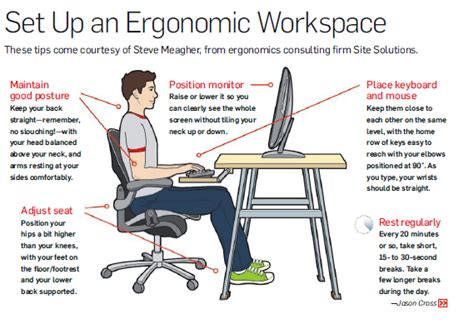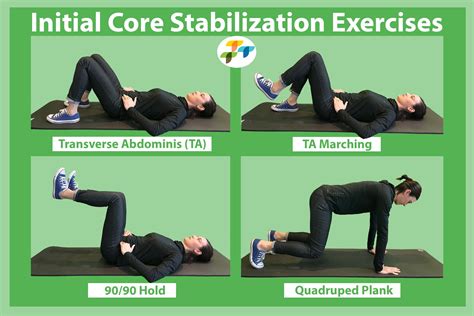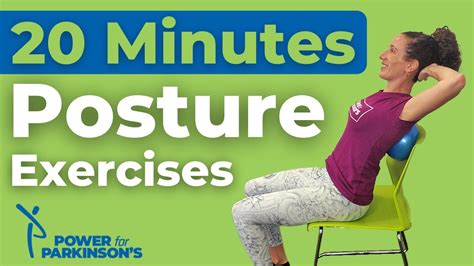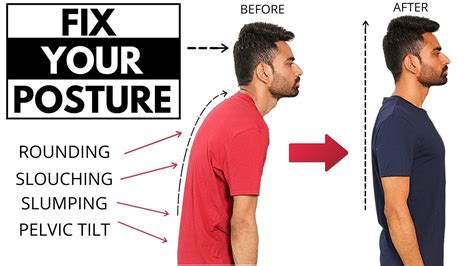Slouching has become an unfortunate hallmark of modern life, largely fueled by prolonged sitting and screen time. More than just an aesthetic concern, poor posture, especially a slouched back, places undue stress on your spine, muscles, and ligaments, leading to chronic discomfort and, most commonly, back pain. The good news is that correcting slouching is achievable with awareness, consistent effort, and targeted strategies. This guide will walk you through actionable steps to improve your posture and significantly reduce back pain.
Understanding the Impact of Slouching
When you slouch, your head juts forward, your shoulders round, and your upper back curves excessively. This unnatural alignment shifts your body’s center of gravity, forcing your neck and back muscles to work harder to keep your head up. Over time, this constant strain can lead to muscle imbalances, tight chest muscles, weakened back muscles, compressed spinal discs, and ultimately, persistent pain ranging from a dull ache to sharp discomfort in your neck, shoulders, and lower back.
Key Strategies to Correct Your Posture
1. Develop Posture Awareness
The first step to fixing slouching is simply becoming aware of it. Many people slouch unconsciously. Make a conscious effort throughout your day to notice your posture, especially when sitting or standing for long periods. Set reminders on your phone or use sticky notes to prompt a quick posture check.
A quick self-check involves imagining a string pulling you upwards from the top of your head. Your ears should be aligned over your shoulders, your shoulders over your hips, and your spine should have its natural ‘S’ curve. Avoid rigidly pulling your shoulders back, which can create tension; instead, aim for a relaxed, upright position.

2. Optimize Your Workspace Ergonomics
If you spend hours at a desk, your setup is crucial. An ergonomically correct workspace supports good posture and prevents slouching.
- Chair: Choose a chair that provides good lumbar support. Sit back fully so your lower back is supported. Your feet should be flat on the floor or on a footrest, and your knees should be at a 90-degree angle, level with or slightly below your hips.
- Monitor: Position your monitor directly in front of you, about an arm’s length away. The top of the screen should be at or slightly below eye level. This prevents your head from jutting forward or tilting too far back.
- Keyboard and Mouse: Keep your keyboard and mouse close to your body to avoid overreaching. Your wrists should be straight, and your elbows should be at a 90-degree angle, close to your sides.
- Breaks: Take short breaks every 30-60 minutes. Stand up, stretch, and walk around to relieve pressure and reactivate your muscles.

3. Incorporate Strengthening Exercises
Weak core and back muscles contribute significantly to slouching. Strengthening these areas provides the necessary support for an upright posture.
- Plank: This exercise strengthens your core and entire trunk. Hold a straight line from head to heels, engaging your abdominal muscles.
- Superman: Lie on your stomach and lift your arms and legs off the floor simultaneously, engaging your back extensors and glutes.
- Rows (e.g., resistance band rows, dumbbell rows): These exercises strengthen your upper back muscles (rhomboids and trapezius) that pull your shoulders back and down.
- Glute Bridges: Strengthening your glutes helps stabilize your pelvis and supports your lower back, which can improve overall posture.

4. Practice Regular Stretching
Slouching causes certain muscles to shorten and tighten, making it harder to maintain good posture. Stretching these areas can help restore flexibility and range of motion.
- Chest Opener: Stand in a doorway, place your forearms on the doorframe, and gently lean forward to stretch your chest muscles.
- Hip Flexor Stretch: Kneel on one knee, with the other foot forward, and gently push your hips forward to stretch the front of your hip. Tight hip flexors from prolonged sitting can pull your pelvis forward, leading to a slouched lower back.
- Thoracic Extension: Use a foam roller or simply interlace your fingers behind your head and gently arch your upper back over the back of a chair.
- Neck Stretches: Gently tilt your head to each side, bringing your ear towards your shoulder, to release tension in your neck.

5. Integrate Posture-Friendly Habits into Your Day
Small, consistent changes can make a huge difference in long-term posture correction.
- Mindful Walking: When walking, imagine you’re walking tall. Keep your head up, shoulders relaxed and back, and engage your core.
- Stand Often: If you have a standing desk, use it. If not, make an effort to stand up and move around frequently throughout the day.
- Sleep Posture: Sleep on your back or side with a pillow that supports the natural curve of your neck. Avoid sleeping on your stomach, which can strain your neck and back.
- Use a Lumbar Roll: If your chair lacks adequate lumbar support, a small towel rolled up or a dedicated lumbar pillow can help maintain the natural curve of your lower back.

When to Seek Professional Help
While many posture issues can be improved with self-care, it’s important to know when to consult a professional. If you experience persistent, severe pain, numbness, tingling, or weakness in your limbs, consult a doctor. A physical therapist, chiropractor, or osteopath can provide a personalized assessment, diagnose underlying issues, and develop a tailored treatment plan including specific exercises, manual therapy, and ergonomic advice.
Fixing slouching posture is a journey, not a quick fix. It requires patience, consistency, and a commitment to understanding and changing your body’s habits. By integrating awareness, ergonomic adjustments, strengthening exercises, and regular stretching into your daily routine, you can gradually correct your posture, alleviate back pain, and enjoy a healthier, more comfortable life.




